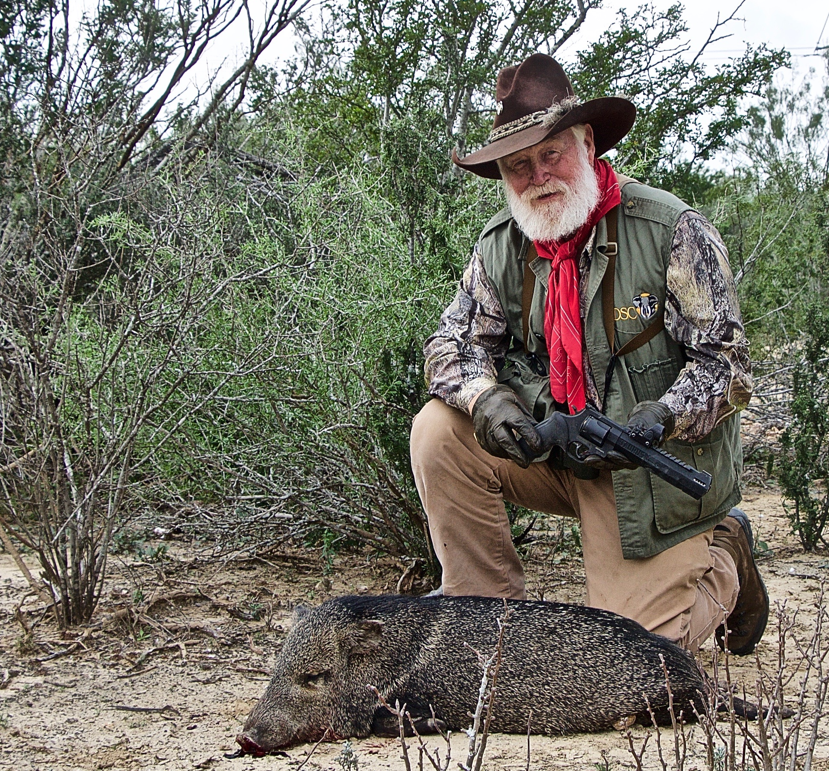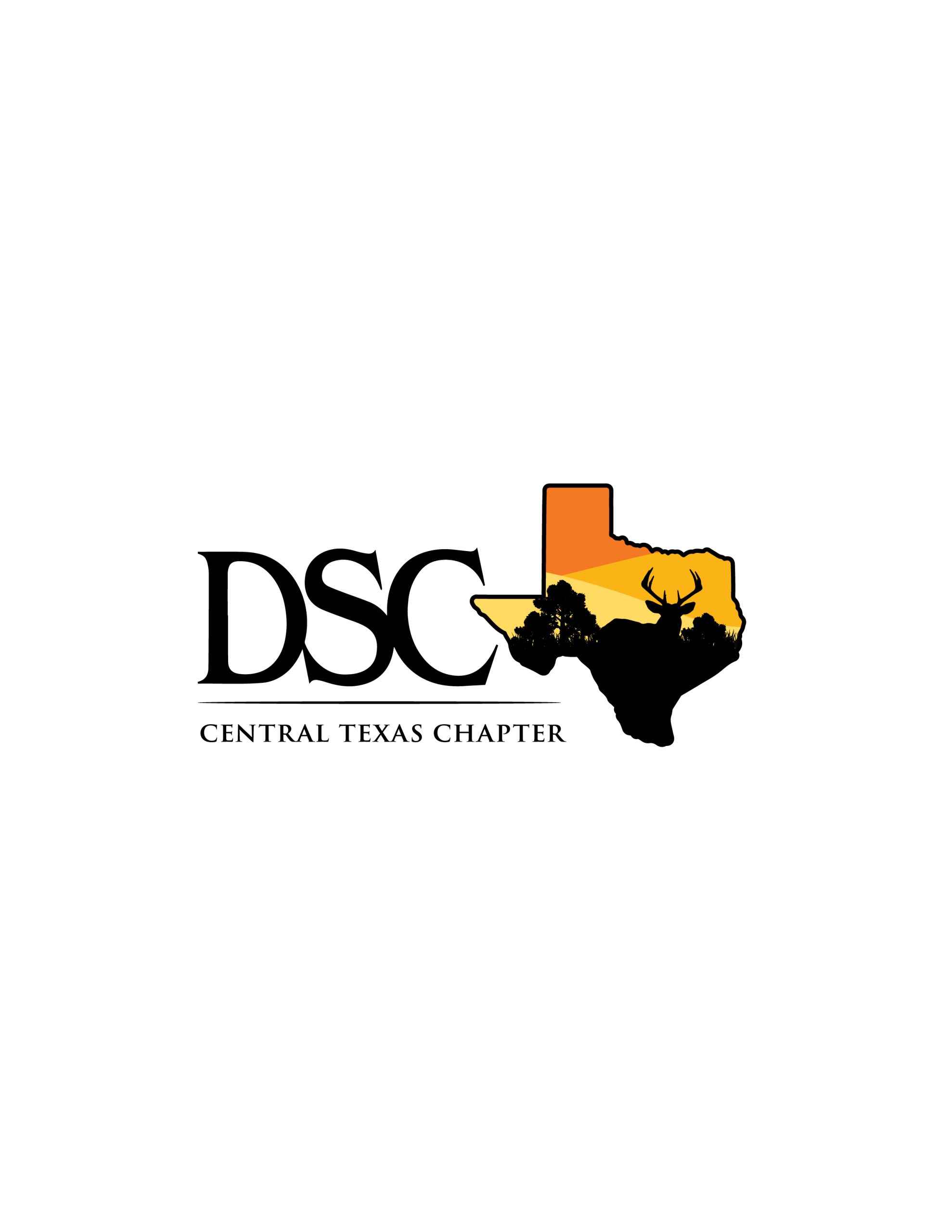By Terry L. Anderson
The recent attack on hunting resulting from the illegal and unethical killing of a Zimbabwe lion (note that I avoid personifying him) is not the first time so-called animal welfare groups have used headlines to thwart sensible wildlife management.
In 2011 PETA (People for the Ethical Treatment of Animals) discovered a video on Twitter showing Parsons shooting an elephant in Zimbabwe. It plastered the story on the web, dropped its account with GoDaddy, and urged others to follow suit. A competitor, NameCheap, seized the opportunity by offering sweet deals to GoDaddy customers who switched their accounts, pledging to donate 20 percent of the new account revenue to Save the Elephants.
PETA’s attack on Parsons shows the true colors of environmental activists who focus more on rhetoric and retribution than on results. PETA, like so many extreme environmental groups is all about anti − anti-hunting, anti-carbon, anti-logging, anti-growth − rather than pro − pro-wildlife habitat, pro-energy efficiency, pro-sustainable resource management.
Parsons’ elephant hunt, on the other hand, shows how active conservationists can help people and wildlife. In Parsons’ words, “This farmer was desperate. He couldn’t get the herd out of his field. He asked us to come and deal with it.” Apparently, the people living with elephant trampling crops don’t think that PETA’s suggested control measures, such as using chili-infused string and beehives on poles to create low-cost fences will do the job.

Let’s see how PETA’s anti-hunting rhetoric stacks up against Parsons’s pro-hunting action. Thanks to anti-hunting groups, Kenya banned all hunting in 1977. In 1973, Kenya’s elephant population was 167,000, many of which were found on private lands. By 1989, that number had fallen to 16,000. Poaching took its toll on elephants (and rhinos) because elephants trampling crops and people are a liability and therefore, are worth more dead than alive. Today, Kenya wildlife officials boast a doubling of the country’s elephant population to 32,000, nearly all of which are in protected national parks.
In sharp contrast, consider what has happened in Zimbabwe, where result-oriented groups such as WWF (World Wildlife Fund) help implement a program called CAMPFIRE (Communal Areas Management Programme for Indigenous Resources) in 1989. This approach allows community leaders with local knowledge about wildlife and their interface with humans to help establish sustainable hunting quotas. Hunting then provides jobs for community members, compensation for crop and property damage, revenue to build schools, clinics, and water wells, and meat for villagers just as Parsons’ elephant did.
The numbers attest to the program’s success. National Geographic reported that between 1989 and 2005, Zimbabwe’s elephant population more than doubled from 37,000 to 85,000 with 50 percent living outside national parks. A census in 2009 put the number at 100,000. The long-term growth rate since 1967 when the first elephant census occurred has been 5 percent per annum, thus doubling populations every 14 years. All of this is happening while the economy has been in shambles − Zimbabwe is the third-poorest country in the world − due to a regime with no respect for people, property or wildlife.

Hunting and wildlife related tourism have spurred private sector investment in wildlife conservation throughout southern Africa. That region is now home to more than 9,000 private game ranches, 1,100 privately managed nature reserves, and over 400 conservancies. In Namibia, more than 80 percent of all large wild mammals live on private and community lands, and those populations have increased by 70 percent in recent years. In short, “if it pays, it stays.”
Organization such as PETA, the International Fund for Animal Welfare, Earthjustice, and Greenpeace are but a few well-funded groups whose boycotts, protest marches, and letter-writing campaigns produce lots of rhetoric but few results. In contrast, hunting organizations and environmental groups, such as Environmental Defense Fund whose motto is “finding the ways that work,” get real bang for their buck. PETA’s rhetoric may attempt to take the moral high ground, but Parsons’s hunting is putting more elephants on the Earth.
The next time you write a check to your favorite wildlife conservation group, ask whether you are buying rhetoric or results.
DSC Member Terry L. Anderson is Executive Director of the Property and Environment Research Center in Bozeman, MT, and the John and Jean DeNault Senior Fellow at the Hoover Institution, Stanford, CA. He is an avid archery hunter who has hunted extensively in North America and Africa.
A version of this article was originally published in a 2012 issue of Camp Talk, DSC’s monthly newsletter.



